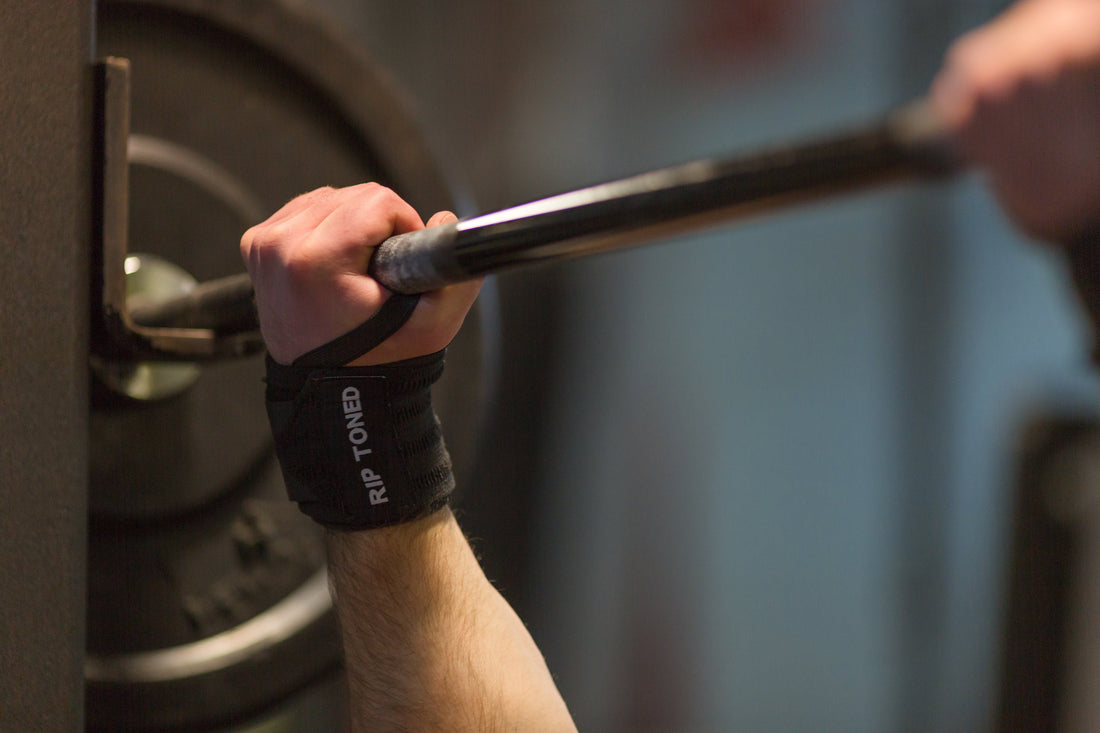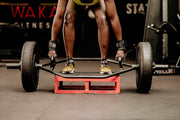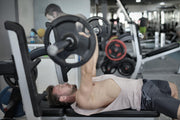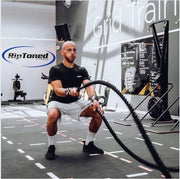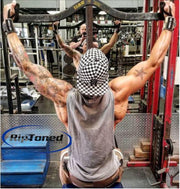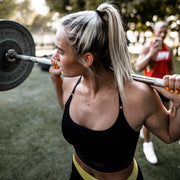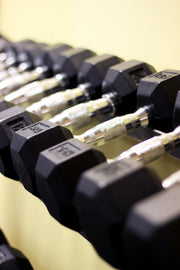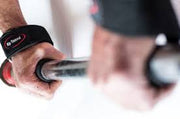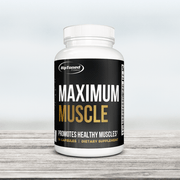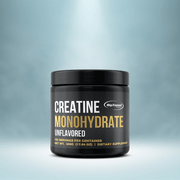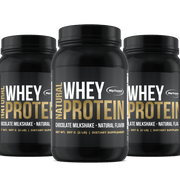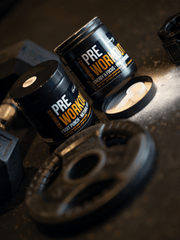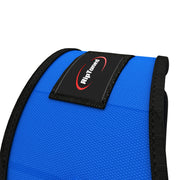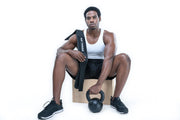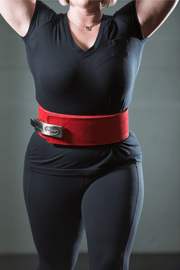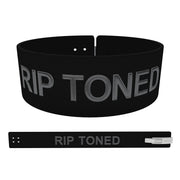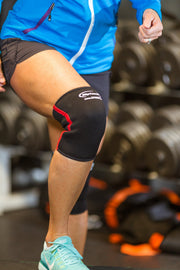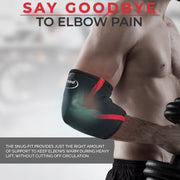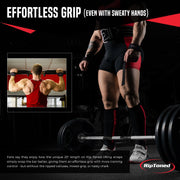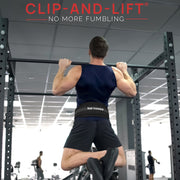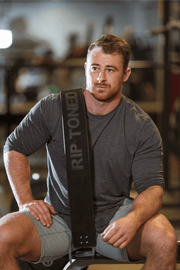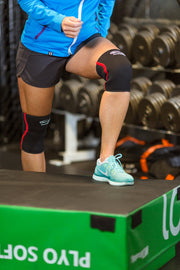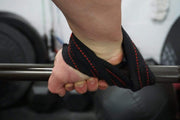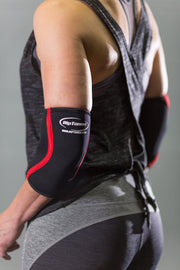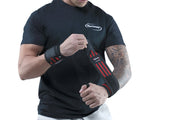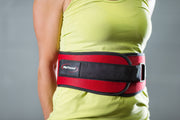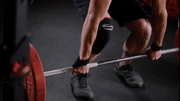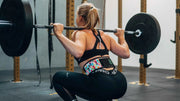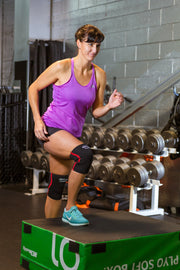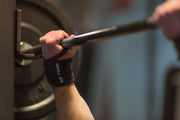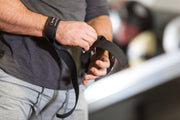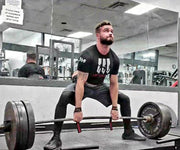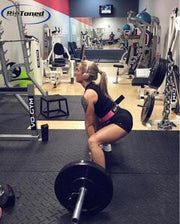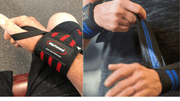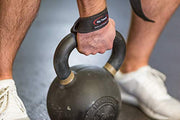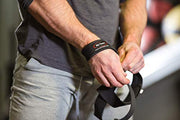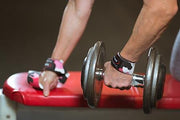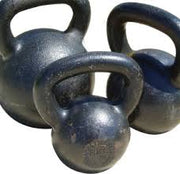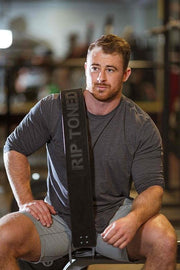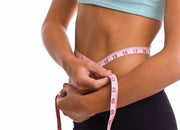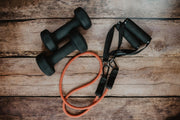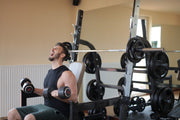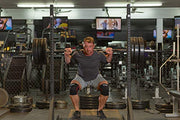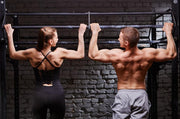Regarding weightlifting, using the right equipment can make all the difference in your performance and overall safety.
Wrist wraps and lifting straps are two common tools lifters use to enhance grip and support their wrists during heavy lifts. But which one is better? The answer could be clearer-cut, as both have their unique benefits.
So, let's dive into the battle of wrist wraps vs lifting straps and see which one comes out on top. In this article, we'll discuss the purpose and functionality of each tool, its pros and cons, and situations where one may be more beneficial than the other.
Wrist Wraps vs. lifting Straps
Here are the main takeaways and comparisons between wrist wraps and lifting straps. Also, what they are and how they are used.
What Are Wrist Wraps?

Wrist wraps are essentially long strips of fabric or elastic material that are designed to be wrapped around the wrists. The main purpose of wrist wraps is to provide additional support and stability to the wrists while lifting heavy weights. They are typically used by powerlifters, bodybuilders, and other strength athletes who perform compound exercises such as the bench press, presses, deadlifts, and squats.
Wrist wraps work by reducing the amount of strain on the wrists, which can help prevent injuries such as sprains or strains. They also help to keep the wrists in a neutral position, allowing for better technique and overall lifting performance.
Overall, wrist wraps are great for lifters who struggle with wrist pain or weakness and those looking to increase their grip strength and improve their form while lifting.
What Are Lifting Straps?
On the other hand, lifting straps enhance grip strength by creating a secure connection between the hands and the bar or lifted weights. They are typically made of strong fabric or leather materials and have a loop at one end for wrapping around the wrist and another at thumb loop at the opposite end for looping around the bar.
Lifting straps are commonly used during deadlifts, pull-ups, and rows, where grip strength may become a limiting factor. They allow lifters to focus on their form and target specific muscle groups without worrying about losing grip.
However, it's important to note that lifting straps can also limit the development of forearm and hand strength, which are important for overall lifting performance. They should be used sparingly and only when grip strength is a major issue.
When and Why Do You Need Wrist Wraps?
Wrist wraps are most beneficial for lifts that strain the wrists, such pressing exercises such as heavy bench presses and front squats. They can also be helpful during high-volume training sessions where fatigue may lead to poor wrist positioning.
Additionally, if you have a history of wrist injuries or experience pain while lifting, using wrist wraps can provide much-needed support and stability.
When and Why Do You Need Lifting Straps?
As mentioned, lifting straps are best used when grip strength becomes a limiting factor in your lifts. This could be due to weak grip strength, sweaty hands, or grip fatigue or lifting heavier weights that your grip can't handle.
In these situations, lifting straps can help you lift more weight and target specific muscles without worrying about losing grip. They lifting strap can also benefit those recovering from wrist injuries, as they take some pressure off the wrists during lifts.
However, it's important to not rely on lifting straps too heavily and continue improving grip strength through exercises such as farmer's walks and dead hangs. Ultimately, it would help if you only used lifting straps when necessary and not as a crutch for weak grip strength.
5 Differences Between Wrist Wraps VS. Lifting Straps
Here are the key differences between wrist wraps and lifting straps that you should keep in mind when deciding which one to use:
-
Purpose: Wrist wraps provide support and stability for the wrists while lifting straps enhance grip strength.
-
Material: Wrist wraps are typically made of fabric or elastic materials while lifting straps are made of stronger materials such as leather.
-
Usage: Wrist wraps are used for compound lifts while lifting straps are used for exercises where grip strength becomes a limiting factor.
-
Target Exercises: Wrist wraps are best for lifts such as bench presses, deadlifts, and pushing exercises, squats, while lifting straps are more commonly used for deadlifts, pull-ups, pulling exercises and rows.
-
Limiting Factor: Wrist wraps help prevent wrist injuries and pain while lifting straps address grip strength issues.
Deciding between wrist wraps and lifting straps ultimately depends on your specific needs and goals as a lifter. Both straps vs wrist wraps can be beneficial in different situations, so it's important to consider the purpose and functionality of each tool before making a decision.
Pros and cons of Wrist Wraps and Lifting Straps
Wrist Wraps
Pros:
-
Wrist wraps provide support and stability for the wrists, reducing the risk of injuries.
-
Allow for better form and technique during lifts, increasing lifting performance.
-
It can benefit those with weak wrist joints or previous wrist injuries.
Cons:
-
It may limit forearm and hand strength development if used too frequently.
-
It should not be used as a substitute for proper form and technique.
Lifting Straps
Pros:
-
Enhance grip strength and allow for heavier lifts without worrying about losing grip.
-
It can benefit those with weak grip or recovering from wrist injuries.
Cons:
-
It may limit forearm and hand strength development if used too frequently.
-
It should not be relied on as a crutch for weak grip strength; continue improving grip through other exercises.
Should you use Both Wrist Wraps and Lifting Straps?
Whether or not you should use both wrist wraps and lifting straps ultimately depends on your individual needs as a lifter.
If you struggle with wrist pain or weakness, wrist wraps can provide much-needed wrist support and stability during lifts. However, if grip strength is your main issue, incorporating lifting straps into your training routine may be beneficial.
Remember to use these tools like wrist wraps only as required. Continuously working on proper form, grip strength, and overall technique should always be a priority in your training. Use wrist straps and lasso lifting straps as support tools when necessary, but don't let them hinder your progress or development as a lifter.
FAQs
Can you lift more with wrist wraps?
Using wrist wraps can provide more stability and support for your wrists, allowing you to lift heavier weights. However, it's important to not become overly reliant on wearing wrist wraps.
Do lifting straps limit muscle growth?
Lifting straps do not necessarily limit muscle growth, but they may hinder the development of forearm and wrist joint and hand strength if overused. It's important to continue working on grip strength through other exercises and only use lifting straps when necessary.
Can I use lifting wrist straps for deadlifts?
Yes, lifting wrist straps can be used for deadlifts as they provide support and stability for the wrists during this lift. However, improving grip strength through other exercises such as farmer's walks and dead hangs is important. Avoid relying solely on lifting straps for deadlifts. Remember to wear lifting straps properly and use them sparingly.
Are lifting straps cheating?
No, using lifting straps is not considered cheating in weightlifting. They are a tool that can help address grip strength issues and allow for heavier lifts without sacrificing form or risking injury. However, it's important to not become overly reliant on them and continue to work on improving grip strength through other exercises. Use lifting straps only when necessary.
Conclusion
In conclusion, wrist wraps and lifting straps are useful tools for weightlifters looking to improve their performance and prevent injuries. Wrist wraps provide support and stability for the wrists, while lifting straps enhance grip strength.
Both have pros and cons, so it's important to consider your needs when deciding which one to use. It is also crucial to not rely on these tools too heavily and to continue working on overall form, grip strength, and technique.
Ultimately, choosing both wrist wraps and lifting straps depends on your specific goals as a lifter. Use them sparingly and prioritize proper form and technique over-relying on these tools.
With the right balance, wrist wraps and lifting straps can contribute to your progress as a strong and empowered weightlifter.
Check out Rip Toned's various lifting straps here
Check out Rip Toned's various wrist wraps here

